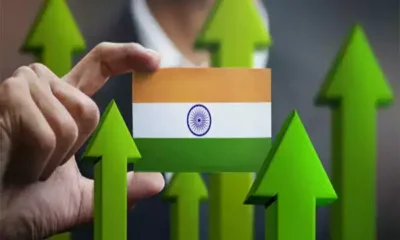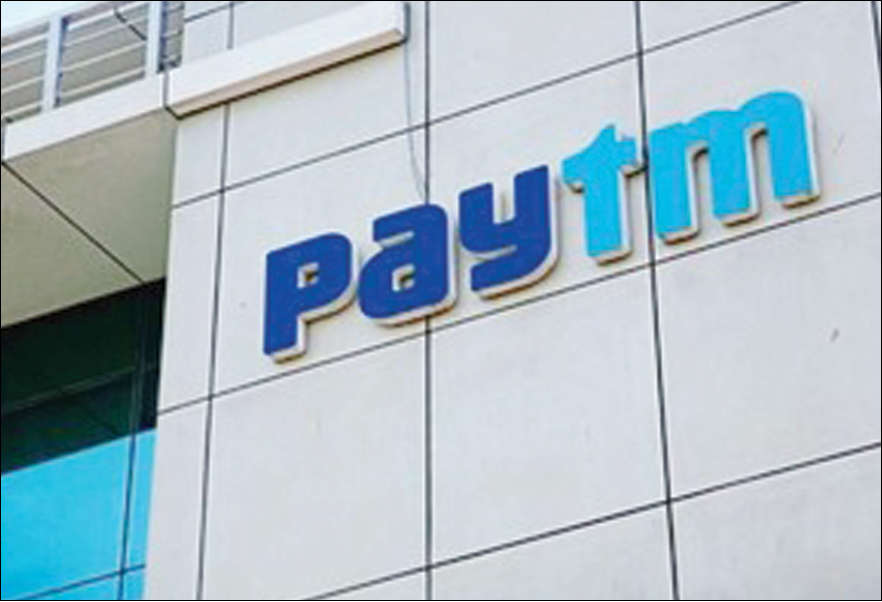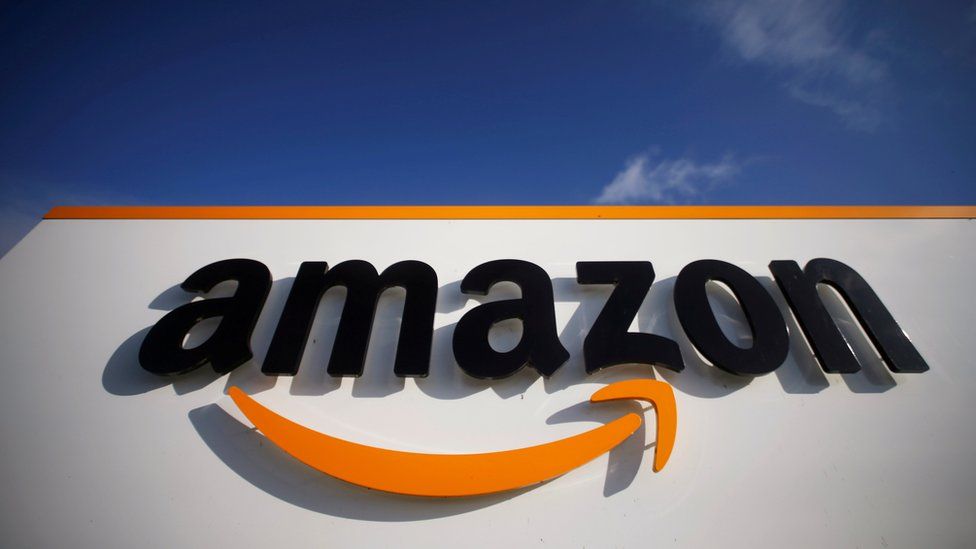Economic
India’s UPI transactions way more than US digital payments: EAM S. Jaishankar

The Daily Guardian is now on Telegram. Click here to join our channel (@thedailyguardian) and stay updated with the latest headlines.
For the latest news Download The Daily Guardian App.
Economic
India’s PE-VC market sees mixed results in challenging year
Economic
Paytm makes Easy Everyday Payments with UPI Lite (Up to Rs 4,000, No PIN)
Business
Amazon’s new seller fees criticized as a ‘Kick in the Gut’
Business
Sovereign gold bonds shine as safe haven for Akshaya Tritiya, say Experts
Economic
Price hike for home-cooked veg thalis, up 8% compared to last year
Economic
India and Ghana to launch mobile payments system within 6 months
-

 Opinion2 years ago
Opinion2 years agoPakistan-China nexus trying to sow doubts in Indian society about governance systems
-

 Fashion7 years ago
Fashion7 years agoThese ’90s fashion trends are making a comeback in 2017
-

 Entertainment7 years ago
Entertainment7 years agoThe old and New Edition cast comes together to perform
-

 Entertainment7 years ago
Entertainment7 years agoThe final 6 ‘Game of Thrones’ episodes might feel like a full season
-

 Opinion2 years ago
Opinion2 years agoEnvironment day with a missing spring and lost souls
-

 Business News2 years ago
Business News2 years agoIndia Becomes World’s 5th Biggest Economy
-

 Policy&Politics2 years ago
Policy&Politics2 years agoA successful SME must understand his 5 wives
-

 Business News2 years ago
Business News2 years ago‘75K STARTUPS DEFINE THE POWER OF INNOVATION’






















